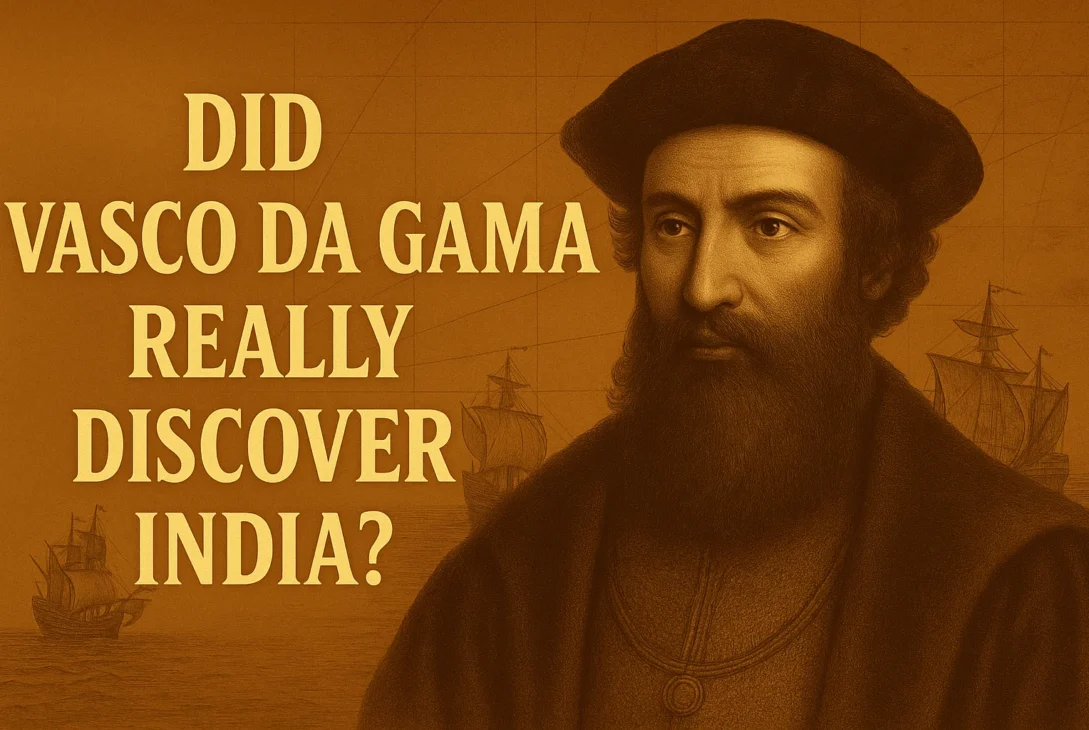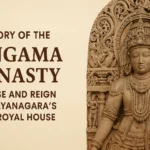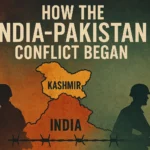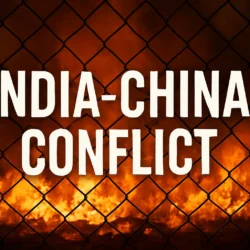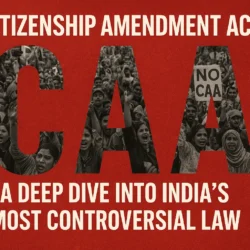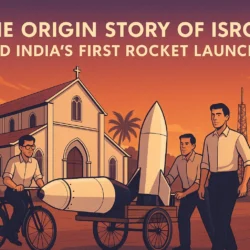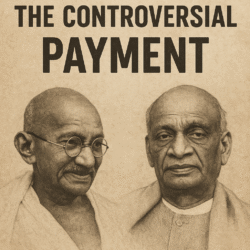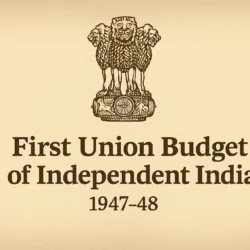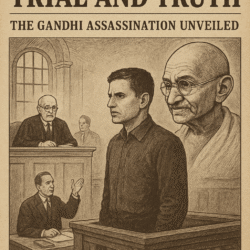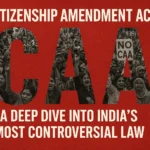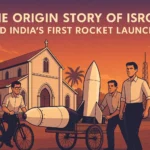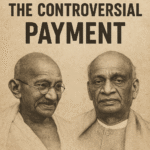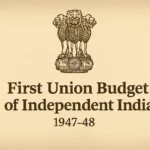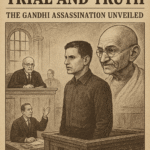For decades, schoolbooks and popular narratives have echoed the statement: “Vasco da Gama discovered India”. But this simplistic declaration overlooks centuries of Indian civilization, established trade networks, and a flourishing culture long before any European sailor stepped onto its shores. So, did Vasco da Gama discover India—or was he simply a link in a much larger story of exploration, commerce, and colonial ambition?
Let’s explore the historical reality behind this claim, drawing from multiple sources, including the overlooked legacy of Indian maritime connections and the motivations behind Portuguese exploration.
Ancient India: The Land That Needed No Discovery
India has been a cradle of civilization for millennia. The Indus Valley Civilization, dating back over 5,000 years, boasted planned cities, advanced drainage systems, and thriving trade. Long before Europe emerged from its medieval slumber, India had already established deep-rooted commercial relations with Western Asia and Europe, mainly via overland routes through Central Asia and the Middle East.
Indian spices, textiles, and other goods were in high demand across the ancient world. Arab traders, in particular, acted as middlemen in the flourishing Indo-European trade. India was a wealthy, self-sufficient land—a destination, not a discovery.
Why Did the West Seek a Sea Route to India?
The turning point came in 1453 when the Ottoman Turks captured Constantinople. This strategic city was the gateway between Europe and Asia. After its fall, the overland trade routes became restricted. The Ottomans imposed heavy tariffs and prioritized their own trade networks. This meant that Europeans had to rely on Arab merchants for Indian goods, at three times the original cost.
This blockade ignited an urgent desire across Europe to find an alternative route to India. European monarchies, especially Portugal and Spain, poured their resources into maritime exploration. The goal was clear: find a direct sea route to India to monopolize the lucrative spice trade.
Even Christopher Columbus, in 1492, was actually seeking India when he accidentally landed in the Americas. Such was the desperation of European powers to connect with India’s commercial bounty.
Portugal’s Race to Reach India
Portugal, under King John II and later King Manuel I, took significant steps to find this alternate route. The king commissioned overland spies like Pêro da Covilhã and Afonso de Paiva to gather intelligence on Eastern trade. Simultaneously, Bartolomeu Dias proved it was possible to sail around the southern tip of Africa, the Cape of Good Hope, which set the stage for a full-blown sea expedition.
In 1497, King Manuel I entrusted Vasco da Gama with a historic mission. With four ships and 170 men, da Gama set sail from Lisbon on July 8, aiming to circumnavigate Africa and reach India.
The Long Voyage to Calicut
The fleet, which included seasoned navigators like Pedro Escobar and Pero de Alenquer, first reached the African coast, sailing past Sierra Leone and down to Mozambique. They were met with hostility in many places. At Mombasa, they were forced to leave under fire, and it was only at Malindi, in modern-day Kenya, that they received a hospitable welcome.
There, da Gama encountered an experienced Indian pilot—believed to be a Gujarati sailor—who provided crucial guidance. With his help, the Portuguese fleet finally crossed the Arabian Sea.
On May 20, 1498, Vasco da Gama made landfall at Kappad, near Kozhikode (Calicut) in Kerala. This moment is often misrepresented as the “discovery” of India. But the Indian subcontinent had been thriving for thousands of years, engaged in global trade and home to vast kingdoms.
Encounter with the Zamorin of Calicut
At the time, Kozhikode was ruled by the Zamorin, or Mani Vikrama Raja, a powerful local monarch whose title meant “Lord of the Sea”. The Portuguese were received with traditional Indian hospitality, but the gifts they brought—cheap goods like sugar, oil, and textiles—were seen as underwhelming.
The Zamorin and his court expected more valuable tributes, such as gold and silver. Tensions rose when Vasco da Gama refused to pay the customs duties. Additionally, Muslim merchants in the region, who had dominated the Indian Ocean trade for centuries, viewed the newcomers as a threat and influenced the Zamorin’s perception of the Portuguese.
After three months, da Gama left India without securing any trade agreements. Of the original four ships, only two returned to Portugal. Only 55 of the 170 men survived the arduous journey.
What Did Vasco da Gama Accomplish?
Despite failing to establish a formal treaty, Vasco da Gama was welcomed back to Portugal as a national hero. The goods he brought from India were worth more than 60 times the cost of the expedition. This astonishing profit set off a wave of further Portuguese ventures to India.
Da Gama’s return proved that a sea route to India was not only possible—it was extremely lucrative. This route, later called the “India Run”, soon became the backbone of Portuguese colonial strategy in Asia.
The Dark Side of the Second Voyage
In 1502, da Gama returned to India with 15 ships and 800 men, this time determined to establish Portuguese dominance. The initial welcome from the Zamorin seemed more conciliatory, but da Gama’s demands—for all Muslims to be expelled from Calicut—were refused.
In retaliation, he bombarded the city for two days and committed horrific atrocities on Arab traders. While the Portuguese crushed the Zamorin’s naval resistance, they once again failed to secure a treaty and left a small fleet behind, only to harass local trade.
This second voyage tainted da Gama’s legacy. Though later appointed as the Count of Vidigueira and Viceroy of Portuguese India, his brutal actions led to criticism even in his homeland. He died in 1524 during a final mission to India, succumbing to malaria.
Reframing the Narrative: India Was Never “Discovered”
The story we often hear—”Vasco da Gama discovered India”—is a colonial oversimplification. India was not hidden or lost. It was a flourishing civilization, actively engaged in global trade and culture. The Portuguese, like many others before them, merely sought access to their wealth.
Let’s not forget: A small Indian king from Kerala sent da Gama back with goods worth 60 times more than the cost of the voyage, even though the Portuguese monarchy had struggled to fund the expedition. That’s how rich and advanced India was before colonial plunder began.
Conclusion: The Real Legacy of Vasco da Gama
Vasco da Gama’s voyage marked a turning point—not in the discovery of India, but in the beginning of European colonial dominance in the Indian Ocean. His journey opened the gates for centuries of trade, exploitation, and conflict. But to call it a “discovery” is to erase the grandeur of ancient Indian civilization and its rich history of maritime trade.
India existed long before Vasco da Gama, and it was thriving.
